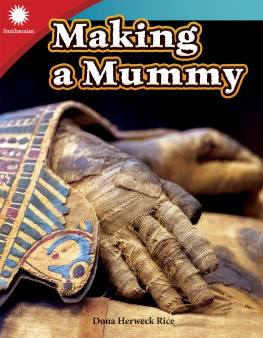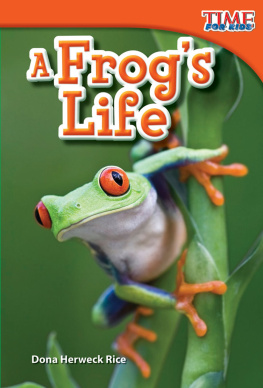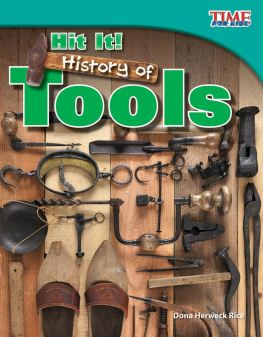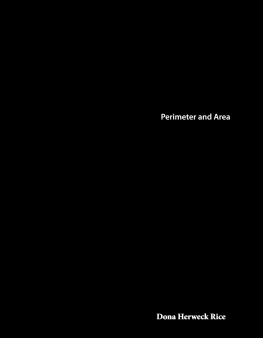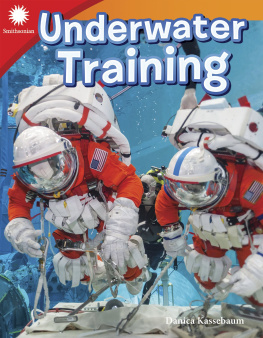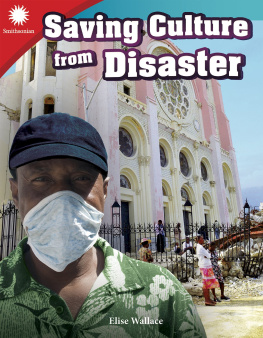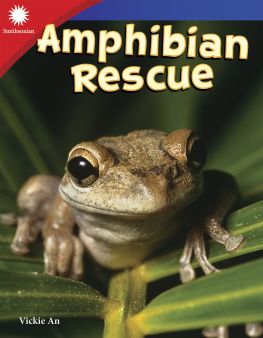
Dona Herweck Rice
2019 Smithsonian Institution. e name Smithsonian and the Smithsonian
logo are registered trademarks owned by the Smithsonian Institution.


Contributing Author
Allison Duarte, M.A.
Consultants
Tamieka Grizzle, Ed.D.
K5 STEM Lab Instructor
Harmony Leland Elementary School
Douglas H. Ubelaker
Curator and Senior Scientist
Smithsonian
Publishing Credits
Rachelle Cracchiolo, M.S.Ed., Publisher
Conni Medina, M.A.Ed., Managing Editor
Diana Kenney, M.A.Ed., NBCT, Content Director
Vronique Bos, Creative Director
June Kikuchi, Content Director
Robin Erickson, Art Director
Seth Rogers, Editor
Mindy Duits, Senior Graphic Designer
Smithsonian Science Education Center
Image Credits: back cover, pp.23, p.12 (both), p.16, p.22 (bottom), p.26 (both),
p.27, p.28 Smithsonian; p.4 (left) James Wibberding/Shutterstock; p.5 (right)
Meunierd/Shutterstock; p.7 (right) Leemage/Bridgeman Images; p.8 J. R. Factor/
Science Source; p.9 Andrea Izzotti/Shutterstock; p.10 Chronicle/Alamy; p.14
SSPL/Getty Images; p.15 (bottom) The Metropolitan Museum of Art, Rogers
Fund and Edward S. Harkness Gift, 1920; p.17 (top) Stefano Bianchetti/Corbis via
Getty Images; p.17 (bottom) De Agostini Picture Library/G. Dagli Orti/Bridgeman
Images; p.18 (right) Interfoto/Alamy; p.19 (top) Bruno Ferrandez/AFP/Getty
Images; p.20 Kenneth Garrett/National Geographic/Getty Images; p.23 Sebastian
Kahnert/dpa/Alamy Live News; p.25 Carmen Jaspersen/dpa picture alliance/
Alamy; all other images iStock and/or Shutterstock.
Library of Congress Cataloging-in-Publication Data
Names: Rice, Dona, author.
Title: Making a mummy / Dona Herweck Rice.
Description: Huntington Beach, CA : Teacher Created Materials, [2018] |
Audience: K to grade 3. | Includes index.
Identiers: LCCN 2017053172 (print) | LCCN 2017054061 (ebook) | ISBN
9781493869190 (e-book) | ISBN 9781493866793 (pbk.)
Subjects: LCSH: Mummies--Juvenile literature. | Embalming--Juvenile
literature. | Egypt--Antiquities--Juvenile literature.
Classication: LCC GN293 (ebook) | LCC GN293 .R53 2018 (print) | DDC
393/.3--dc23
LC record available at https://lccn.loc.gov/2017053172
5301 Oceanus Drive
Huntington Beach, CA 92649-1030
www.tcmpub.com
ISBN 978-1-4938-6679-3
2019 Teacher Created Materials, Inc.
2019 Smithsonian Institution. The name Smithsonian
and the Smithsonian logo are registered trademarks
owned by the Smithsonian Institution.
Synched Read-Along Version by:
Triangle Interactive LLC
PO Box 573
Prior Lake, MN 55372
ISBN-13: 978-1-6845-2054-1 (ebook)

Table of Contents
Speaking to the Dead ..................................... 4
Preserving the Body
.......................................
Windows to the Past
....................................
ats a Wrap
.................................................
STEAM Challenge
........................................
Glossary
.........................................................
Index
..............................................................
Career Advice................................................

Speaking to the Dead
Buried beneath the city of Luxor lies the ancient
city of Thebes . Both are in Egypt . One is the present,
and one is the past . Luxor tells a story of modern life .
But Thebes tells a story , too . The story is found in its
artifacts . The people left behind also help tell the story .
Scientists today have found a piece of the story of
Thebes below Luxor . There , they have unearthed
mummies from tunnels and tombs . These are parts
of a very old burial site . The mummies were so well
preserved that the bodies look as though they are alive .
Scientists know much more about mummies than they
did long ago . A lot of the information comes straight
from the mummies themselves . The truth is , the dead
can tell a gripping story!

Men search for
artifacts near Luxor .

Luxor is just one of many burial sites in Egypt.
Archaeologists work to find these sites . They dig them
up with care . They use special tools to preserve what they
find . They learn the right methods to care for artifacts.
They also learn how to assess what they find.
Nature rots living matter over time . But ancient
Egyptians worked to preserve their dead . Now , we can
learn much more about how they lived by studying
mummies . They speak to us in many ways . It
takes scientists who know how to listen to
the stories of mummies to learn what they
reveal . Scientists then share these stories
with the rest of the world.
Anubis , ancient Egyptian
god of mummification

An archaeologist and
Ancient Egyptians thought the soul needed
its body after death . With its body , the soul
had a chance at a better life after death .
his assistant examine
an artifact .

Preserving the Body
Living things decay when they die . Decay means to break
down. The body is eaten by other living things . These
include bacteria . Bacteria are tiny organisms . They are made
of a single cell and are so small that they cannot be seen . But
they exist all over the world in large numbers.
A mummy is a body that has been preserved . This means
that things were done by people or in nature to keep the

